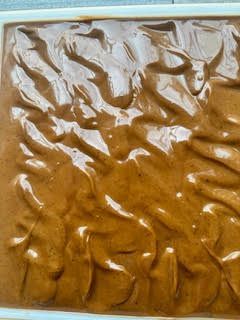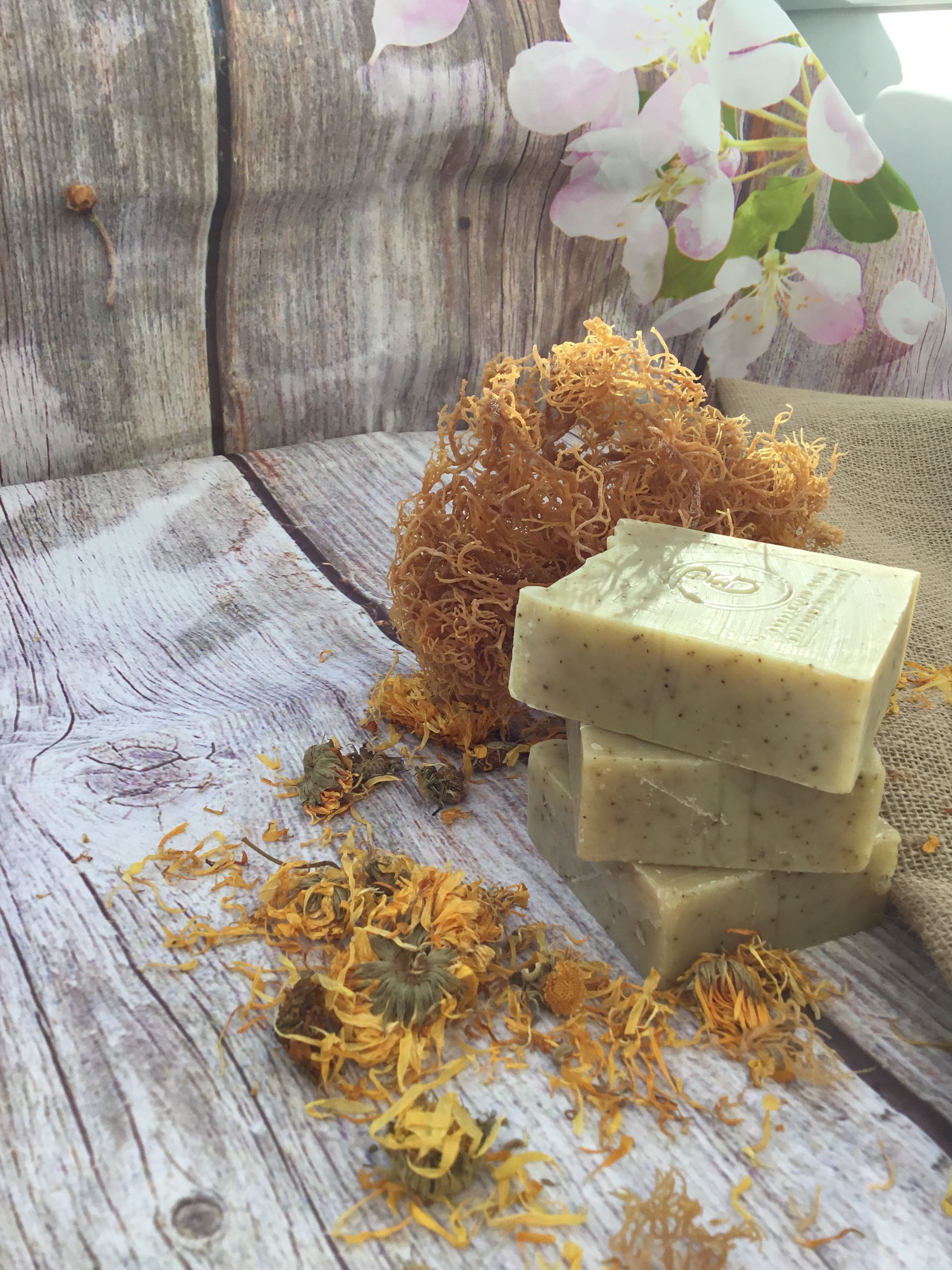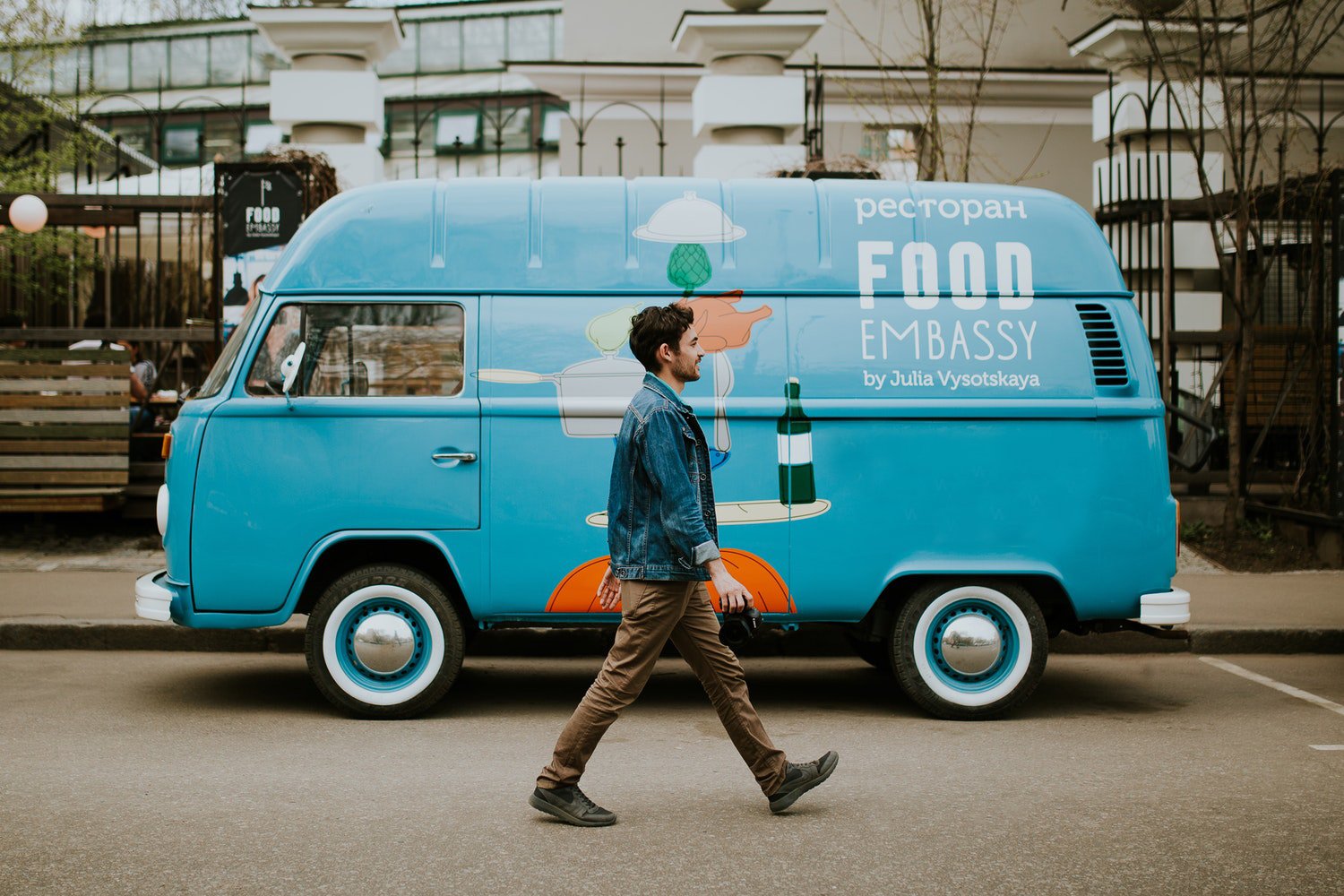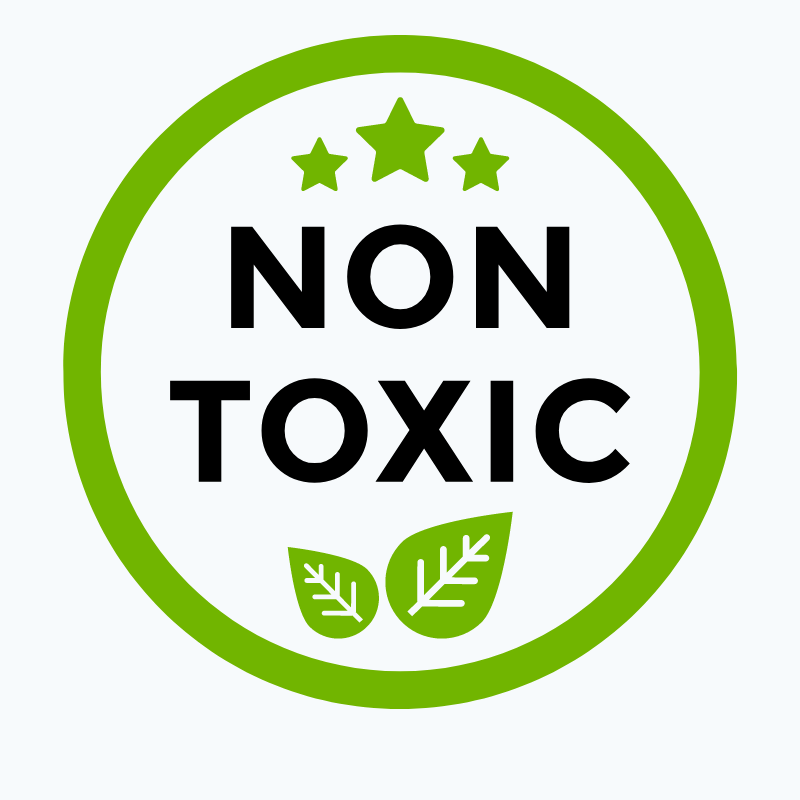Alicia Findlay-Joseph
Soap Batter is set in a Mold.

Making your own natural cold process soap is more than a craft, for me and many others, it's a form of self-care and skin nourishment. When I first began blending oils with wildcrafted sea moss, I wasn’t just formulating skincare, I was creating a ritual. Cold process soap making gives you full control over every ingredient, ensuring your soap is truly gentle and toxin-free. If you're looking to create chemical-free soap at home, or explore the magic of DIY natural skincare, you're in the right place.
What Is Cold Process Soap?
Cold process soap is a traditional method where natural oils and butters are combined with lye (sodium hydroxide) and water. This mixture undergoes a natural chemical reaction called saponification, which turns the oils into soap.
Unlike melt-and-pour or commercial soaps, cold process soap retains glycerine, a natural humectant that helps keep your skin soft and hydrated. And yes, there’s no lye left in the final product. The reaction neutralizes it completely.
Is Lye Safe to Use in Soap Making?
Yes! when handled with care. Lye (sodium hydroxide) is essential for soap making, and it’s 100% safe in the final bar after saponification. Here are some essential requirements when working with lye.
Lye Safety Tips:
- Wear gloves, goggles, and long sleeves
- Always add lye to water, not the other way around
- Work in a well-ventilated area
- Keep pets and children away
- Store lye in a clearly labelled, airtight container
- Reminder: No lye remains in your finished cold process soap, it’s all transformed during the chemical reaction.
Ingredients & Tools for Homemade Cold Process Soap
Basic Cold Process Soap Recipe:
- 300g olive oil
- 300g coconut oil
- 150g shea butter
- 50g castor oil
- 120g sodium hydroxide (lye)
- 280g distilled water
- Optional: essential oils, sea moss gel, botanical clays, dried herbs
Tools:
- Digital scale
- Heat-safe containers (stainless steel or plastic)
- Stick blender
- Thermometer
- Silicone mold
- Safety gear (gloves, goggles)
- Towel or blanket for insulation
How to Make Cold Process Soap: Step-by-Step
1. Prepare Your Workspace
Clear your area, wear protective gear, and gather all materials.
2. Mix Your Lye Water
- Slowly add lye to the water (never the reverse).
- Stir gently until fully dissolved.
- Let it cool to about 37–43°C (100–110°F).
3. Melt Your Oils
- Melt coconut oil, shea butter, and combine with olive and castor oils.
- Let it cool to a similar temperature as your lye solution.
4. Blend to Trace
- Pour the lye solution into the oils.
- Use a stick blender to mix until "trace", when it thickens like pudding.
5. Add Extras
- Stir in essential oils, sea moss gel, or natural colorants.
6. Mold & Insulate
- Pour into your soap mold.
- Cover with a towel and let sit for 24–48 hours.
7. Cut & Cure
- Once firm, cut into bars.
- Cure in a well-ventilated space for 4–6 weeks to harden and mellow.
Tips for a Mindful Soap-Making Experience
- Make it a ritual, play music, breathe deeply, and enjoy the process.
- Keep a soap recipe journal to track what your skin loves most.
- Choose high-quality, organic oils and butters for better skin results.
- Add sea moss gel for a mineral-rich, skin-rejuvenating boost.
- Set intentions for each soap. At Purple and Gold, we do exactly that. Every time we make our bars we wish that each soap will improve wellbeing of whoever uses them and brings zen into their lives.
Improved Wellbeing and Soap Making
Soap making can be meditative. It's about slowing down, setting intentions, and crafting something beautiful with your hands. The scent of lavender, the calming motion of stirring this is skincare for the soul.
Whether you’re making soap to detox your routine, support your sensitive skin, or just feel more connected to your self-care, cold process soap is the gold standard of natural skincare. It’s effective, sustainable, and deeply rewarding.
Not ready to make your own? Browse our handcrafted, sea moss-infused cold process soaps made with intention and luxury:
With Love
Alicia x







